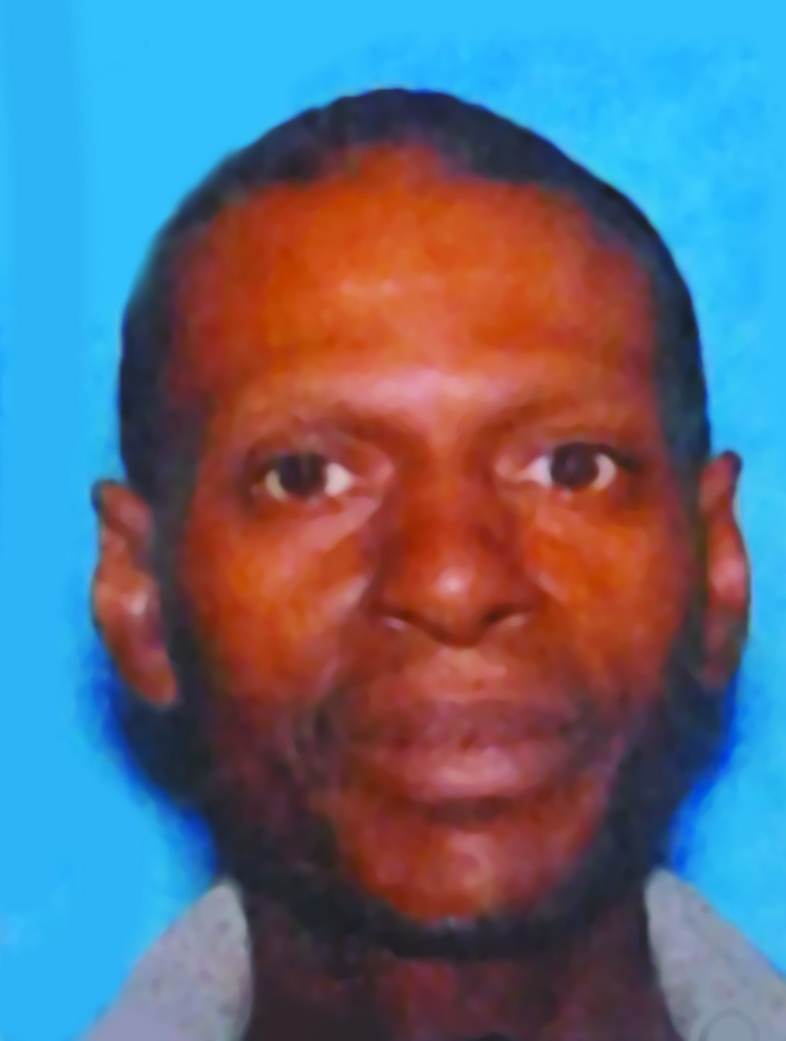New Yorker writer Jane Kramer has finally come out with Lone Patriot, her long anticipated book on John Pitner and his group. In the summer of 1996, federal agents arrested eight right-wing Patriots, including Pitner, the putative head of the Washington State Militia, based in the outskirts of Bellingham. Since the feds found homemade pipe bombs and other explosives in the sting operation, for a while the rural roads of Whatcom County looked like a hot spot of domestic terrorism, part of the movement that produced the Oklahoma City tragedy.
Kramer, who had extensive access to Pitner and his family, frequently lunching with him at the Seattle restaurant Tulio during his trial, paints a detailed portrait of the type of troubled, needy loser that the Patriot movement seemed to attract in droves—more pitiable, most of the time, than scary. According to Kramer, the unemployed ship painter is the son of a paranoid schizophrenic mother and a harsh military father who couldn’t be bothered to raise his own children when his crazy wife wandered off. The militia gave the isolated Pitner something approaching a normal social life, as well as a sense of purpose, which seemed to have more to do with preparing for a revolution than carrying one out.
Six years after Pitner’s arrest, the book provokes a new question: Where have all the militias gone?
Last week, the Southern Poverty Law Center (SPLC), which counts far-right organizations, released its most recent figures, citing 158 Patriot groups in 2001. At the height of the militia movement, 1996, there were 858 such groups.
Kramer and other militia watchers suggest that some groups may be undetectable because they have gone underground to escape an FBI mobilized by Oklahoma City, and in any case, the number of groups doesn’t precisely gauge the number of individuals. But there is no question that, as the SPLC’s Mark Potok puts it, “the militia movement has been falling, and falling precipitously, for several years now.”
The heyday of the militia movement was, in fact, relatively short-lived. Continues Potok, who edits the SPLC’s Intelligence Report: “The militias appeared very suddenly, they absolutely exploded, and then they went into a very rapid and permanent decline.”
The first militias came into being in the early ’90s, at a time when antigovernment feeling was rampant. In 1992, President Bill Clinton, who inflamed the passions of right-wingers to irrational heights, came to power. He presided over two events that fueled paranoia in certain circles: the passage of the gun control measure known as the Brady Bill and the disastrous federal siege at Waco, Texas. Add the passage of the North American Free Trade Agreement (NAFTA) into the mix, and a conspiracy theory was born: a one-world government that undermined national sovereignty, interfered with an individual’s god-given right to self- protection, and was willing to engage in Waco-like “mass murder.” Citizens, or “patriots,” had to band together to prepare for the inevitable Armageddon.
Things started to change after Oklahoma City. The feds cracked down, infiltrating numerous groups across the country like Pitner’s. What Potok calls the “softer types” who were attracted to militias became disillusioned by the movement’s small and large acts of violence, from attacks on federal officials to the murders of ordinary citizens. At the same time, the types who wanted even more violence got fed up with what they called the “meet, eat, and retreat crowd,” according to Mark Pitcavage, the national director of fact-finding for the Anti-Defamation League.
The final straw for many was Y2K. The Patriot movement was sure that 2000 would bring Armageddon. The expected chaos would be used as a pretext for Clinton to impose martial law, or something like that, says David Neiwert, a local militia expert who wrote a book about the movement called In God’s Country. Of course, neither the chaos, nor martial law, ever came. Neiwert says, “Suddenly you had a lot of people sitting around with basements full of beans and rice, feeling like they had been taken—and they couldn’t return those damn generators.”
The transfer of the presidency to conservative George Bush took further steam out of the militia movement. What’s left has splintered over Sept. 11, according to Neiwert, with some, such as Norm Olson who offered Bush the services of his Michigan Militia, rallying behind the president (though there are some who have raised a red flag over the ensuing strengthening of federal powers).
Up around Bellingham, the erstwhile stomping ground of the Washington State Militia, it has been pretty quiet. Kramer writes that Pitner, after serving nearly four years in jail, moved to Mt. Vernon and hasn’t been heard from since. His group has disbanded.
Snohomish County, however, has living proof that the larger Patriot movement is not entirely dead. Former council member Mike Ashley, a dairy farmer in the town of Silvana, recalls a recent visit from a couple of people involved with a group that has conjured up a breakaway piece of geography known as “Freedom County.” Patriots frequently structure their alternate universe with such pretend governments, complete with pretend officials and pretend “common law” courts. Over the years, the Freedom County folk—including a “sheriff” and “board of commissioners”—have told the real sheriff to get lost, agitated against environmental regulations, and issued bogus liens against people they don’t like.
The two Freedom County guys who showed up at Ashley’s place came bearing just such a lien. Ashley was in no mood to humor them. It was, of all times, the night of Sept. 11, and already dark out. Says Ashley, “I grabbed a shotgun, went to the door, and told them to leave and take their funny papers with them.”










